American artist Matthew Buckingham with his work shifts the question from “I believe it or is it true” to “what does what’s being said mean to me?”; this way he invites people who are looking at his work to take part to it and cross the border inevitably traced between who produces and who consumes, in this case contemporary art, so that the artist says: “question about the production and reception of art is, of course, very interesting and central to the way I think about cultural production”.
Also, giving the same answer or aggregation around the answer may create, according to Buckingham, some “moral communities” and loose movements, anonimous, discreet and subversive, like the one the artist is dealing with in his new work for Toronto’s Power Plan: “Subterranean PassWay“ is dedicated to the so called “Underground Railroad”, the organisation which helped fugitive slaves escaping from the South, both in the States and Canada. “It was a very appropriate metaphor, - says Buckingham interviewed by Kristy Bell of Mousse Magazine - It wasn’t physically a rail road and it was usually not literally underground either, but instead a play on the new language that accompanied industrialization at the start of the 19th century, and this new “magical”, way of traveling. It was a secret, self-organized, segmented network that deliberately didn’t keep records and had no image of itself as a whole. Beginning with a few individuals in the late 18th century it grew, over several generations, into a powerful interracial political movement that formed the entire basis of the broader abolition effort”
Questions that can be shared can clearly create aggregations of a different kind, because as Thomas Maldonado pointed out about the Web - next to voluntary organizations ad political circles there are chess or Bridge clubs, collectors clubs and any kind of clubs and associations.
Anyway Buckingham’s work is contemporary and interesting because he wittingly thwarts our tendency of taking a numerous series of information for granted, starting from the Alphabet, which if brought into question would open unexpected spaces of freedom:“One of my father’s assignments for his students was to devise a very simple way of cutting the letters of the alphabet from uniform sheets of paper, using one cut-out set of the alphabet to make some kind of statement without repeating letters.". Buckingham describes such a work entitled An Alphabet, on which he is still working, as a “silkscreen print project where the letters of the alphabet are the work itself.”
With it the artist rocks the politics of literacy and the ways that we take literacy for granted to its foundations, that is to deal with the letters as Goedel deals with numbers in his incompleteness theorems. Austrian logician, mathematician essentially constructed a formula that claims that it is unprovable in a given formal system and Buckingham’s An Alphabet follows the same logic: “Take the question of literacy, perhaps now more than ever, literacy determines whose voice is ‘heard’ and who is ‘listening’. The teaching of literacy - and its suppression - played a key role on both sides of the struggle over slavery in the U.S., and written slave narratives were central to the abolition movement.
This was in my mind when I recalled my father’s alphabet assignment: his idea of giving young people a way to transmit their thoughts to a bigger scale, that was what gave me the idea to work with him on that project” Consequently to stop taking the Alphabet for granted immediately follows questions like: “what do you want to say? How do you use language? (…) What do we do with what we hear? ”
Buckingham’s work might remind the Surrealist poetic act, deprived of its poetic distinction and become an ordinary everyday act and it might show that images nowadays are continuously rotating in icons and again in images.
In Buckingham’s work they are disassembles and reassemble in symbols of a belief, thus they stop being Images and become icons, which the artist invites you to disassemble again in images. Any icon is consequently at the same time an image, with its history that can be composed in new meanings.
Chapman Brother’s work or Paul McCarthy’s Pig Island depict a continuous and claustrophobic interior, without beaters or winners. Their world is closed but unfinished. We can only look at it but in both cases we are dragged into it so that we are taken in and out at the same time. On the contrary Buckingham’s work, mainly the extraordinary An Alphabet, is an open and thus a very interesting work, because we are the ones creating songs with the letters corresponding to meanings that we want to express.
Buckingham self consciously tries to play with the ambiguity, with the reliability or unreliability of the narrator, or the author, to encourage spectators not to only evaluate what they encounter, but also catch theses doing that – taking decisions about what they see and hear. Finally Buckingham can be positively considered one of the most interesting young artists because he obliges us to look at the game from outside, which is a jump of method. And he succeeds overcoming today’s skepticism of which for example Claire Fontaine represents a good example, as well as he goes well further compared to Jake e Dinos’ stories about the decay of our culture.
Images:
1 Matthew Buckingham Courtesy the artist and Murray Guy
2-3 fotogramma "An Alphabet"
Matthew Buckingham with Edward Buckingham 2010
Half-tone silk screen print on museum board Dimensions variable.
Courtesy the artist, Murray Guy and Konrad Fischer Galerie.
4-7 "An Alphabet"
Matthew Buckingham with Edward Buckingham 2010.
Half-tone silk screen print on museum board Dimensions variable.
Courtesy the artist, Murray Guy and Konrad Fischer Galerie.
8 "Hitchcock House, Lewis, Iowa, believed to have been a 'station' on the Underground Railroad"
Matthew Buckingham 2009
Black and white fiber print
Courtesy the artist, Murray Guy and Konrad Fischer Galerie.
9-10 "Pig Island" 2010
Paul McCarthy
Courtesy the artist and Fondazione Trussardi.

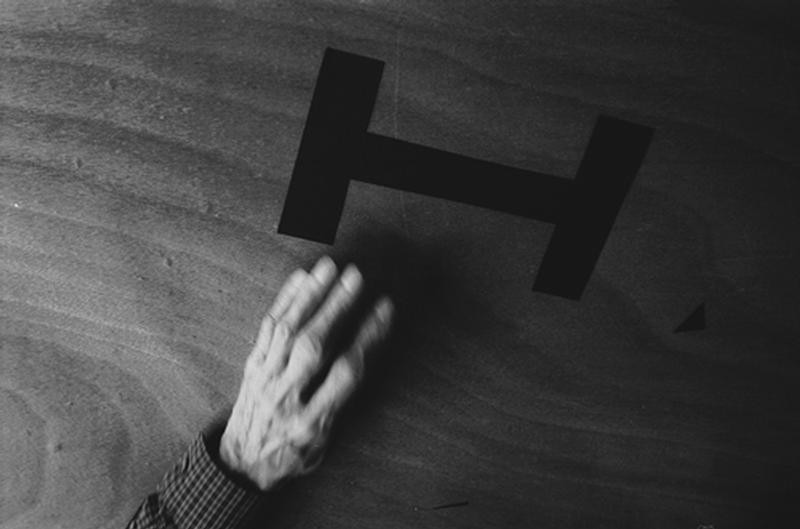
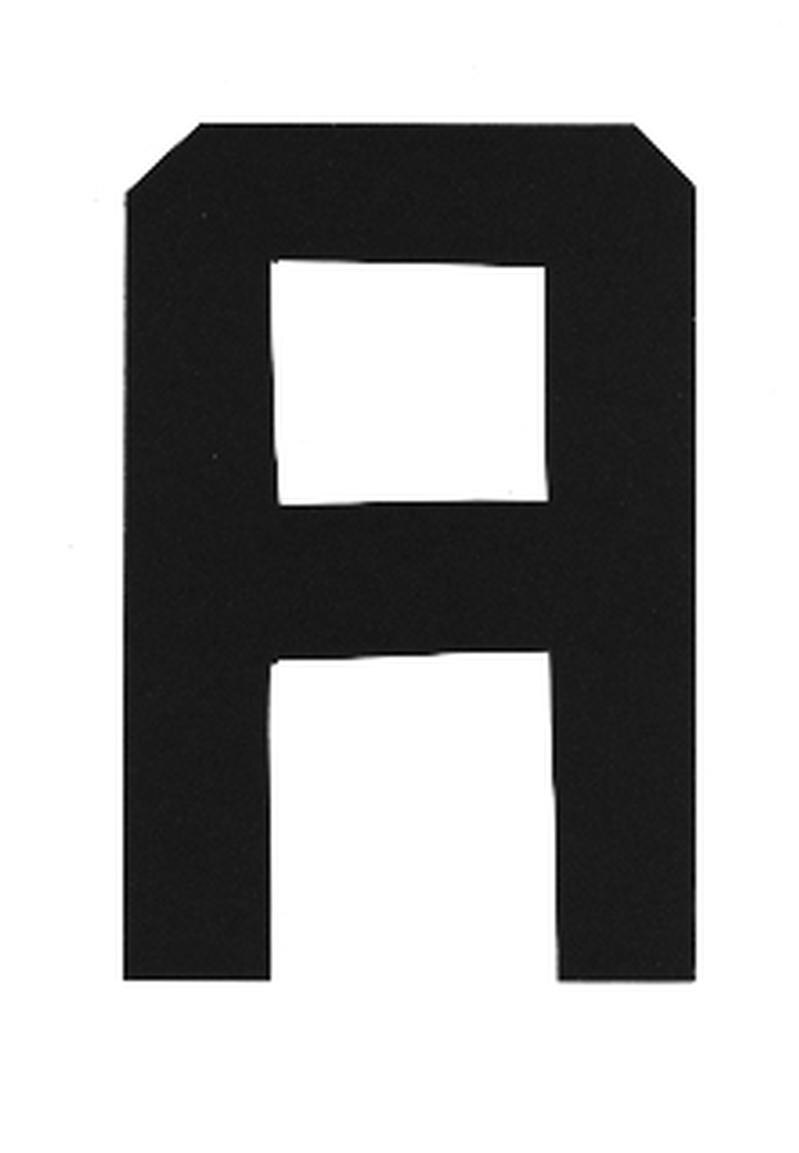
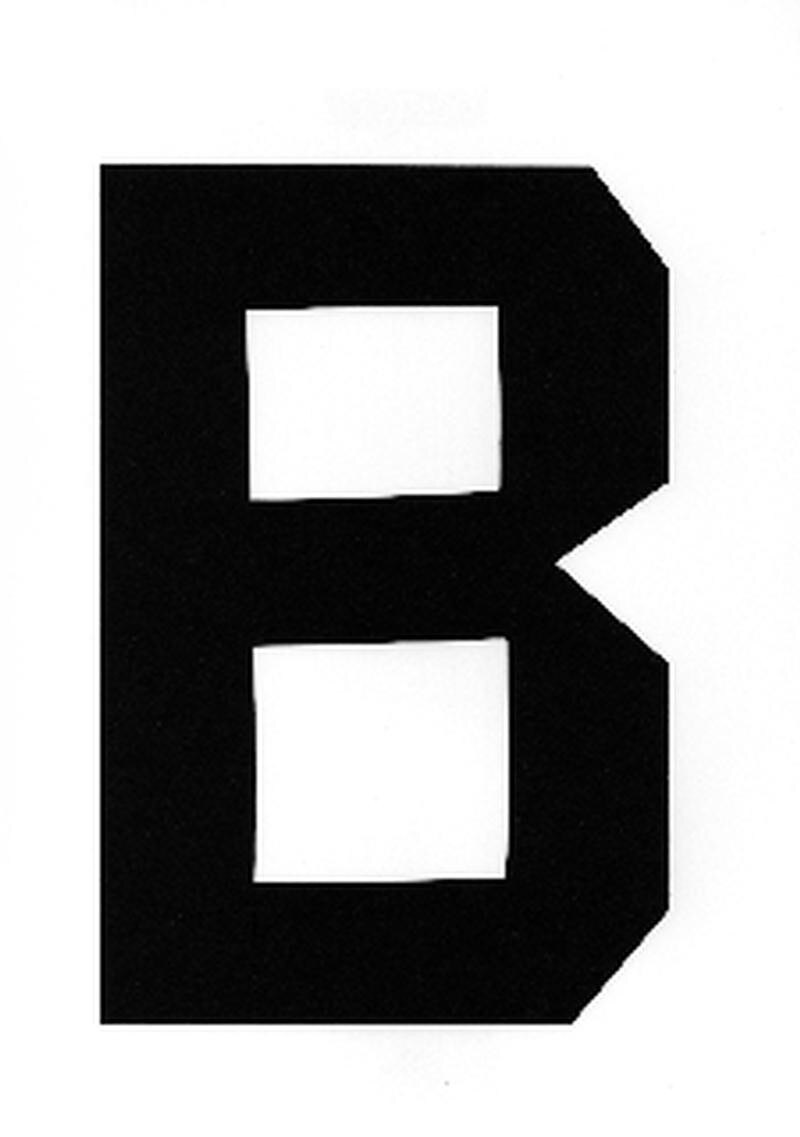
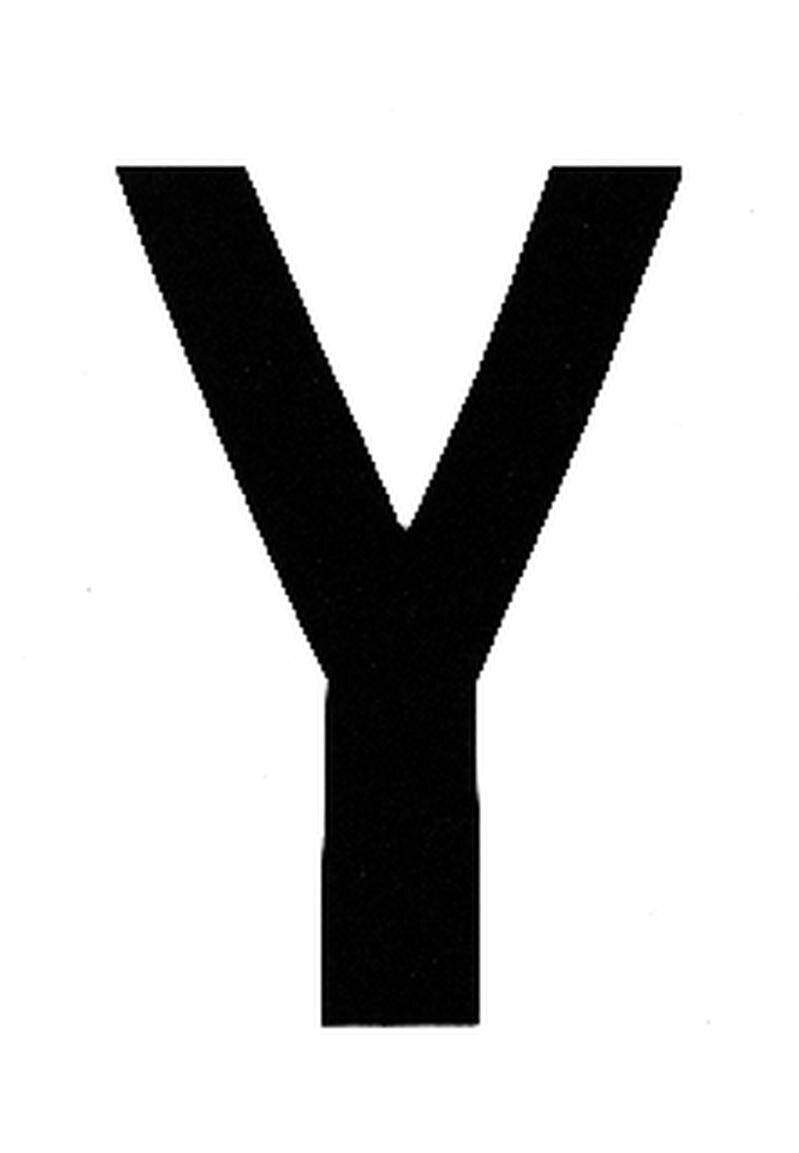
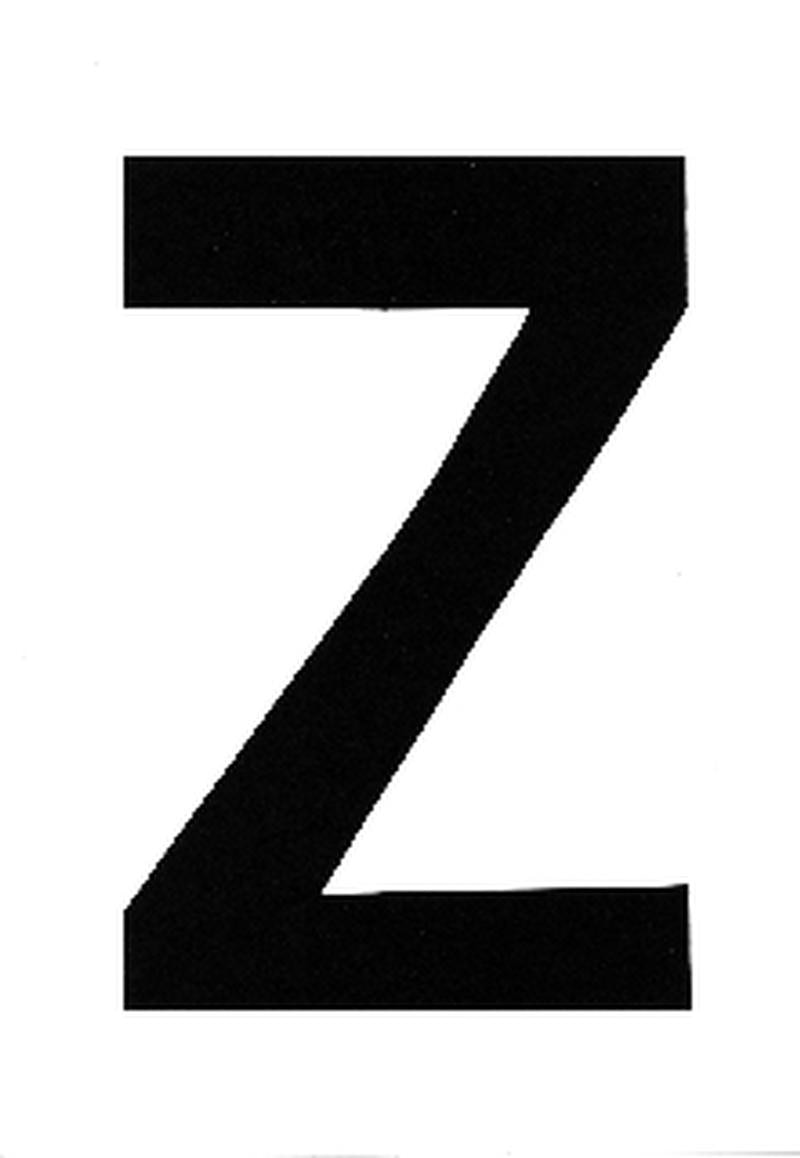

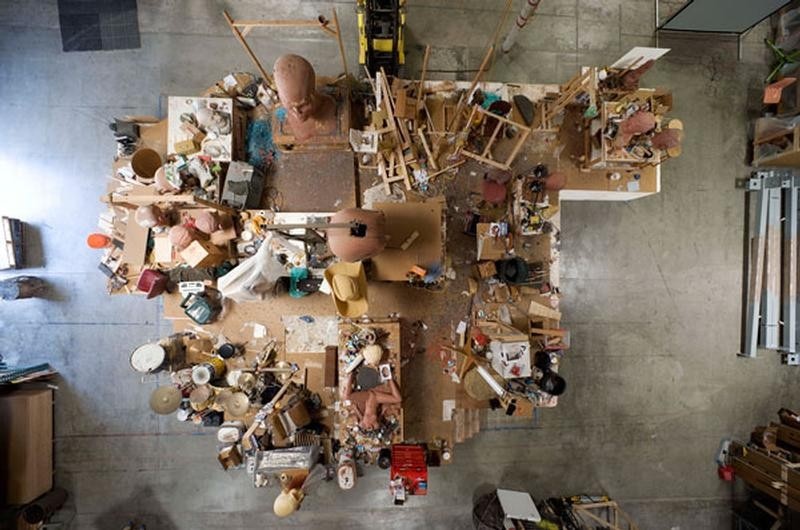
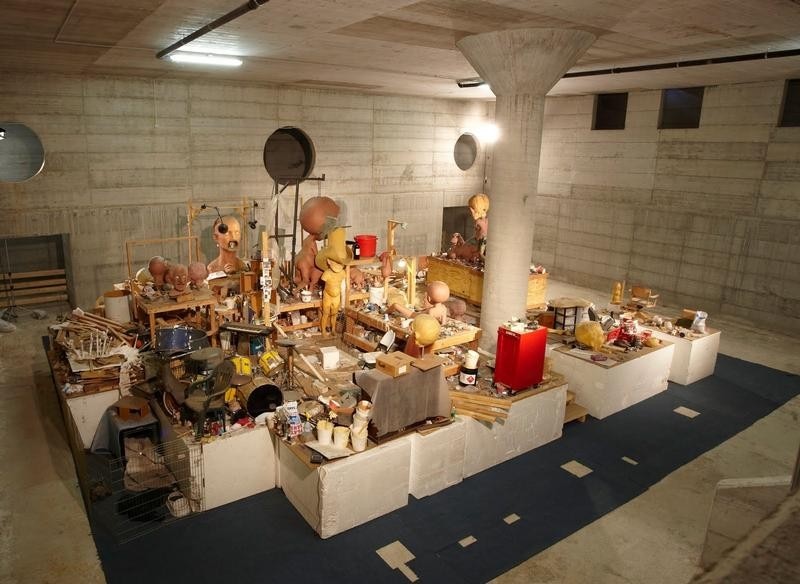

The New Brevo House by Pedrali
Brevo has given its Parisian headquarters, La Maison Brevo, a major makeover, prioritizing innovation and employee well-being for its 400 staff members. The furnishings, curated by Pedrali, transform the 3,000 sq m of interior and exterior space into dynamic, stimulating environments that foster collaboration and diverse work styles.



